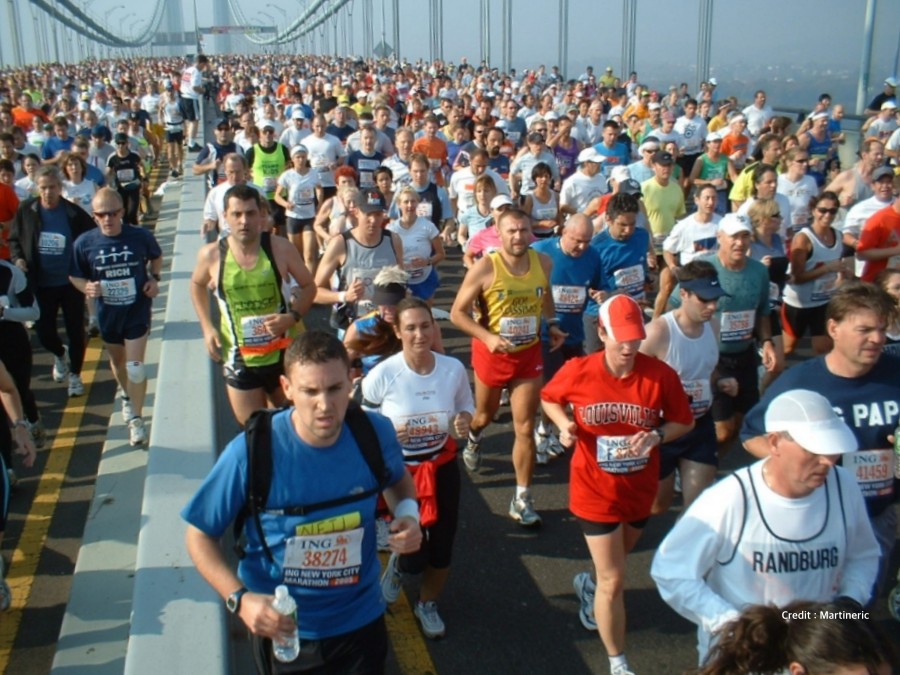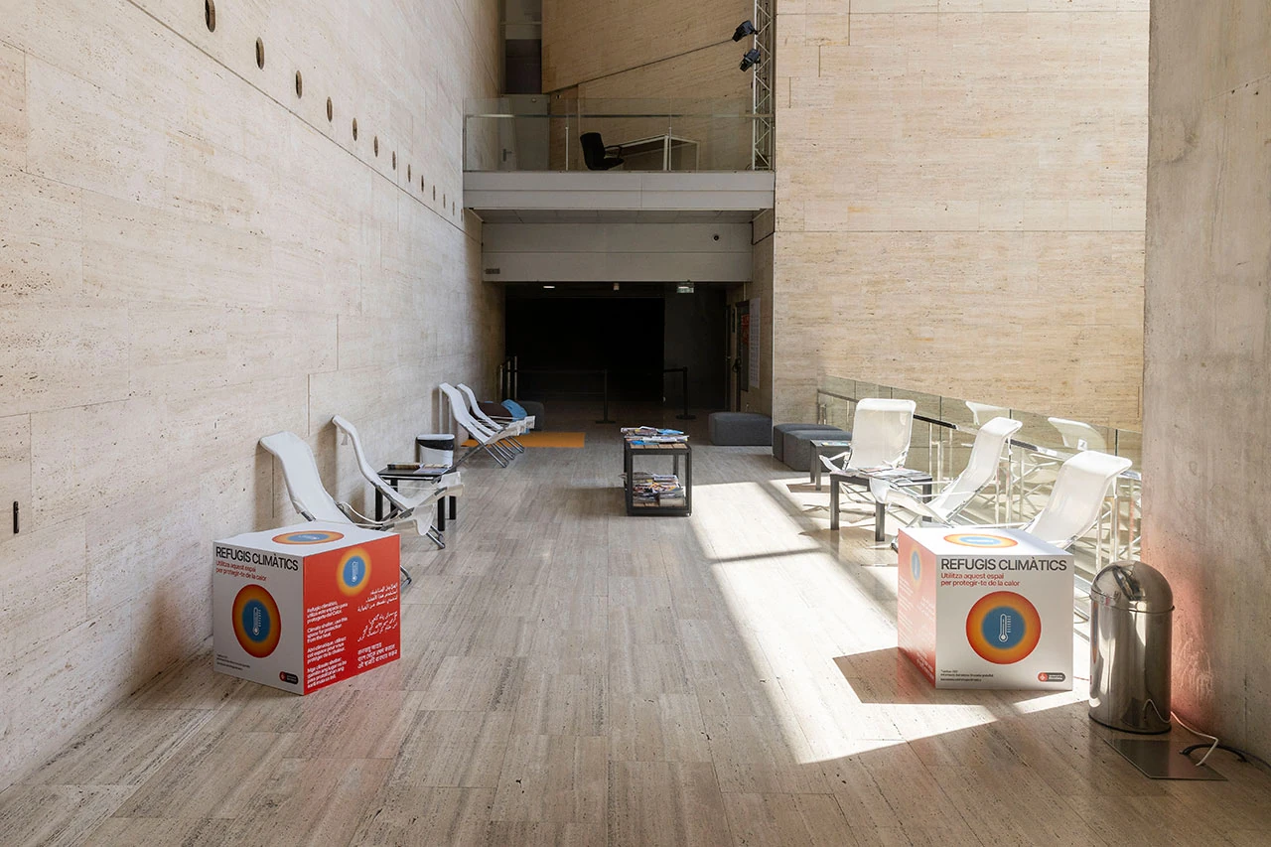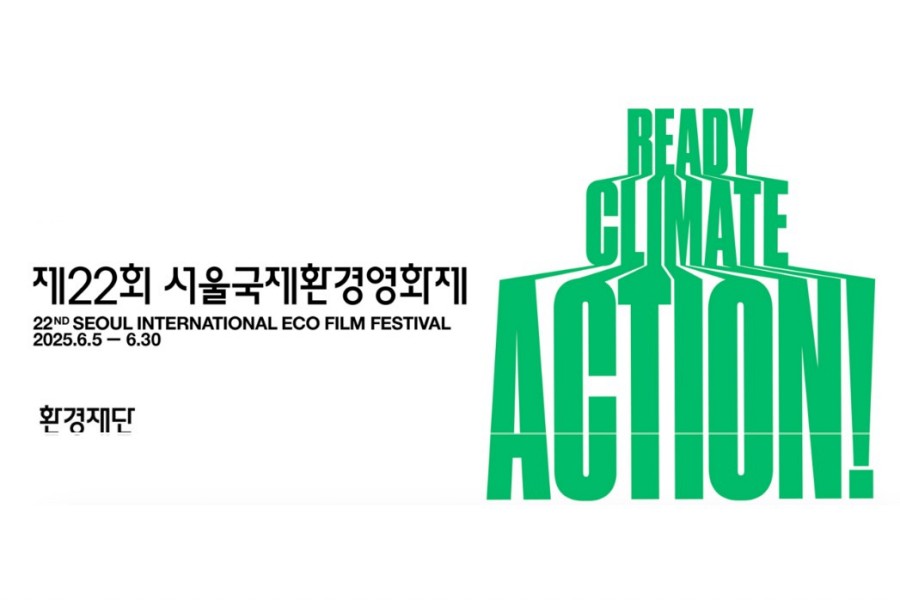Since the adoption of the Paris Agreement in 2015, the world has been striving to reduce greenhouse gas emissions. However, the outlook for achieving the reduction targets needed to limit global temperature rise to below 1.5℃ remains uncertain. The pace of global greenhouse gas reduction is slow, and in countries like ours—where major industries such as coal power and steel are the focus of reduction efforts—the progress feels even slower. So, how can we reduce greenhouse gases more quickly and effectively?
Here is one idea: Instead of focusing solely on greenhouse gas emissions, we can redesign reduction strategies based on their social impact. Projects with significant ‘social impact’ can attract public attention to greenhouse gas reduction and climate action, motivate voluntary behavior change, increase public support for carbon-neutral policies, spread social norms around carbon neutrality, and inspire and stimulate industry. This approach can be more effective than simply targeting sectors with the highest emissions. The use of a ‘soft power’ strategy is very valuable in achieving carbon neutrality. For example, the carbon neutrality efforts at the Palace of Versailles in France have served as a catalyst for national carbon neutrality goals.
In response, our research institute has selected 10 global ‘Green Hotspots’ that are leading carbon neutrality through powerful soft power, analyzing their processes and impacts, and compiling the findings into a case study collection. This research project was carried out as the fourth collaborative task of the ‘Do-Re-Mi-Fa-Sol-La-Si-City Project’, which our institute has been working on since 2020 in partnership with the youth climate group Big Wave. Young members from Big Wave also actively participated in the research.
Since having influence as soft power is a prerequisite for being a ‘Green Hotspot’, our search focused on well-known tourist destinations with high visitor numbers. For case selection, we referred to evaluations by the UK-based Uswitch, which assessed the environmental friendliness and sustainability of popular global tourist sites, as well as outstanding examples introduced by international media such as the BBC. We excluded natural attractions like parks to focus on sites where efforts to reduce carbon emissions and respond to climate change stand out, selecting cases with abundant reference materials. In particular, to highlight not only technical efforts based on architecture but also behavioral changes driven by solidarity and action among stakeholders, we included ‘programs’ such as sports events and performances as research cases. We also considered regional and categorical diversity. The final selected cases are as follows.
Sports: Wimbledon Championships, Tottenham Hotspur Stadium
Performing Arts: Broadway, Coldplay World Tour
Exhibition & Experience: Walt Disney Magic Kingdom, Natural History Museum (UK)
Cultural Heritage: Venice
Landmarks: Tokyo Skytree, Sydney Opera House, Paris Eiffel Tower
This case study collection aims to serve as a small source of inspiration for countries and local governments to move beyond conventional, rigid approaches in setting greenhouse gas reduction strategies and pathways, and to explore new approaches grounded in the strategic flexibility of soft power.










